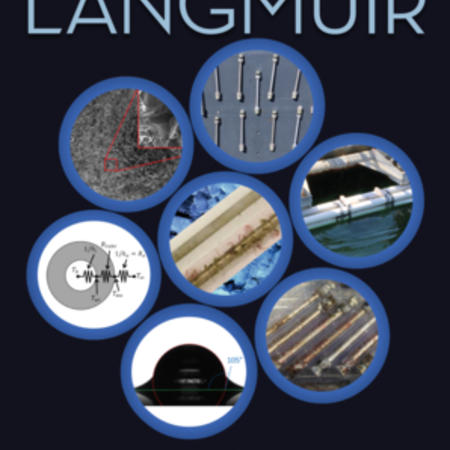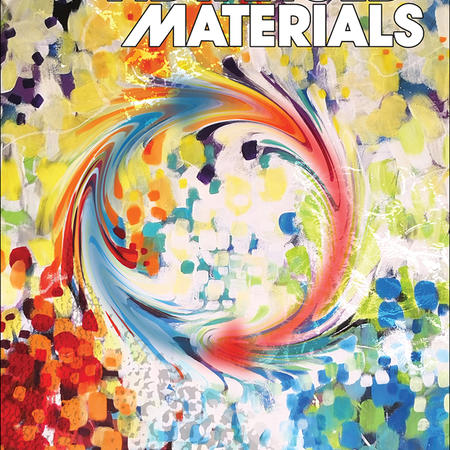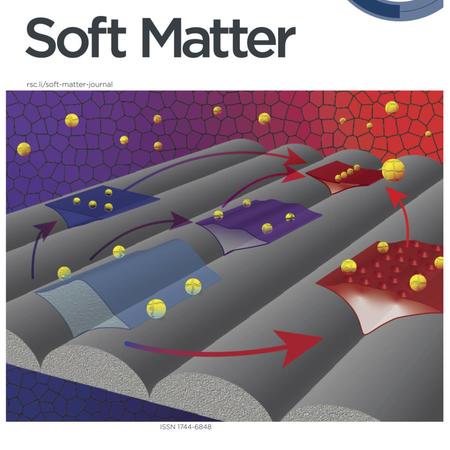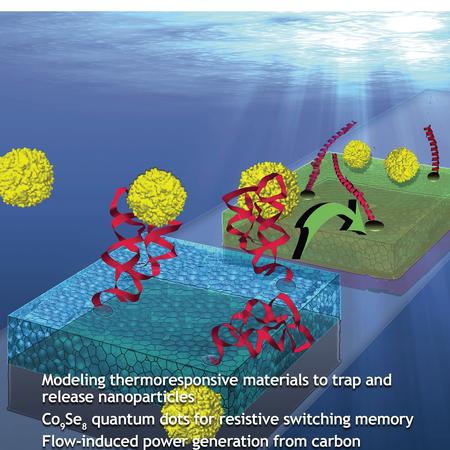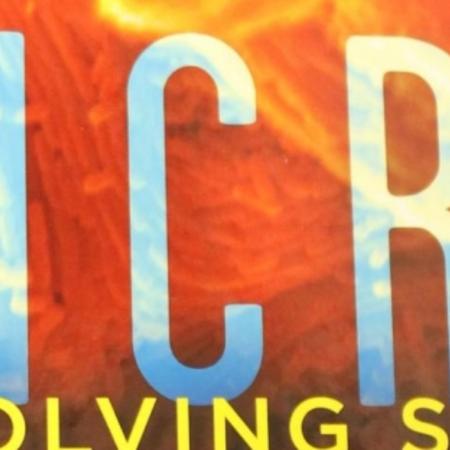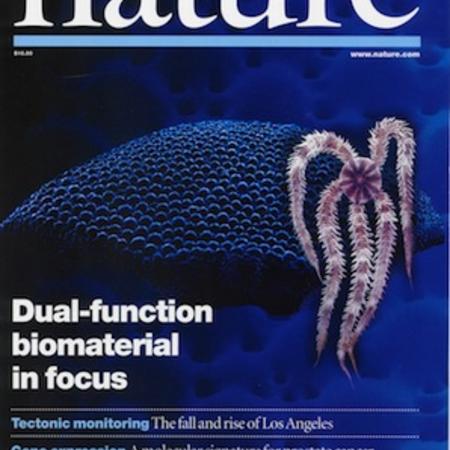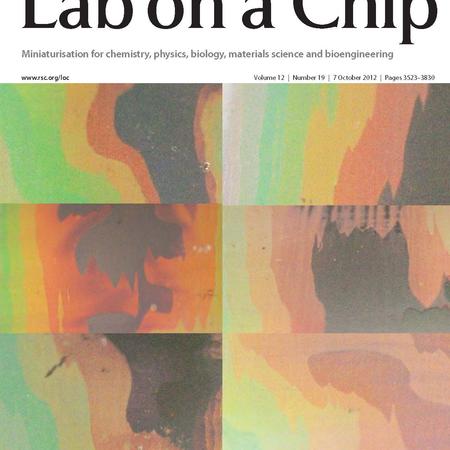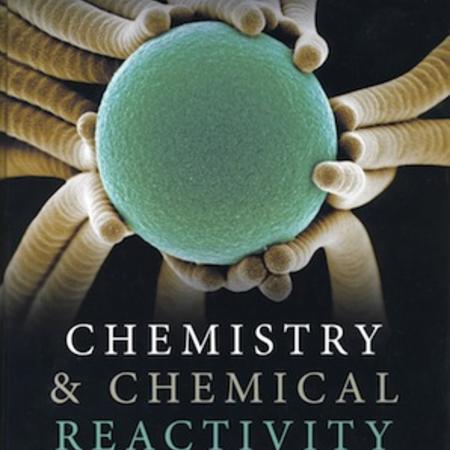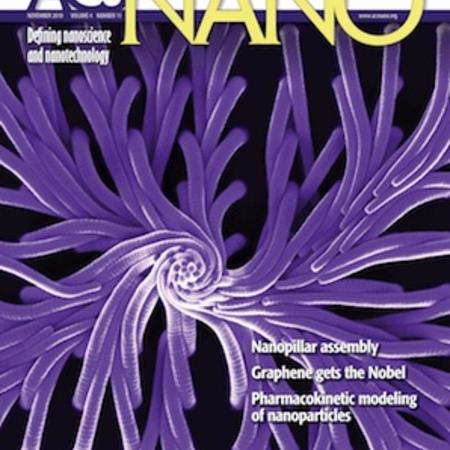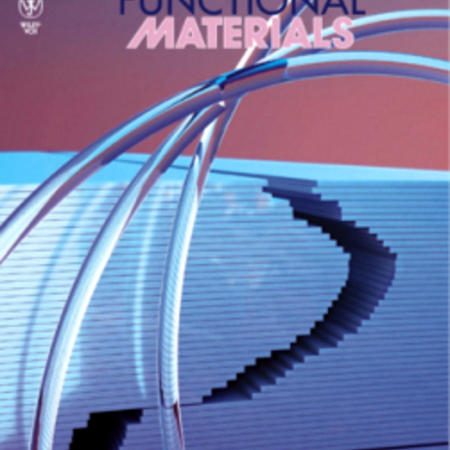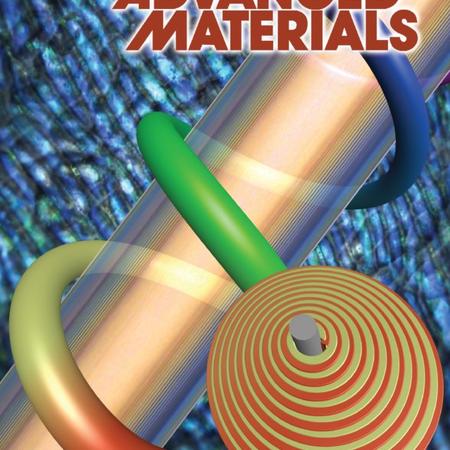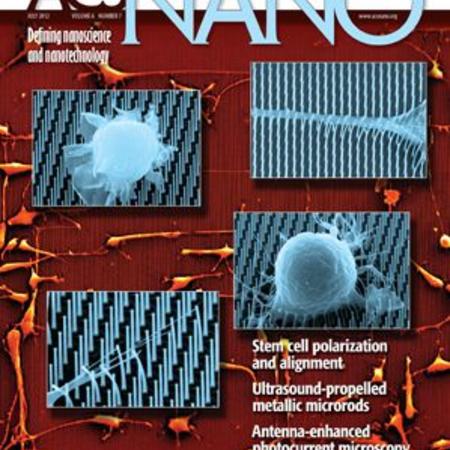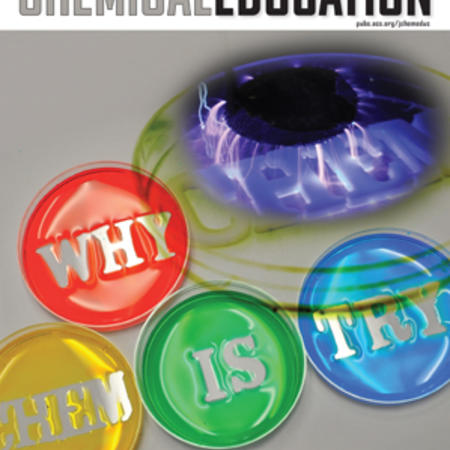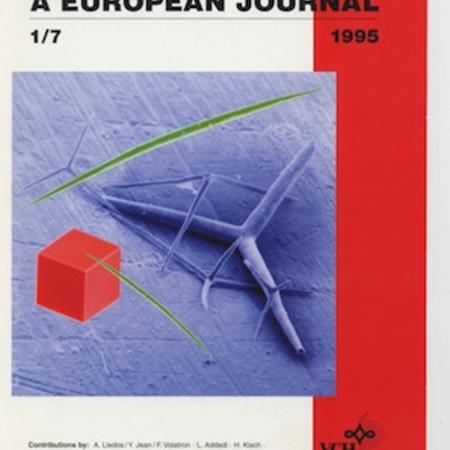Citation:
Abstract:
Light-responsive, spiropyran-functionalized hydrogels have been used to create reversibly photoactuated structures for applications ranging from microfluidics to nonlinear optics. Tailoring a spiropyran-functionalized hydrogel system for a particular application requires an understanding of how co-monomer composition affects the switching dynamics of the spiropyran chromophore. Such gels are frequently designed to be responsive to different stimuli such as light, temperature, and pH. The coupling of these influences can significantly alter spiropyran behavior in ways not currently well understood. To better understand the influence of responsive co-monomers on the spiropyran isomerization dynamics, we use UV–vis spectroscopy and time-dependent fluorescence intensity measurements to study spiropyran-modified hydrogels polymerized from four common hydrogel precursors of different pH and temperature responsivity: acrylamide, acrylic acid, N-isopropylacrylamide, and 2-(dimethylamino)ethyl methacrylate. In acidic and neutral gels, we observe unusual nonmonotonic, triexponential fluorescence dynamics under 405 nm irradiation that cannot be explicated by either the established spiropyran–merocyanine interconversion model or hydrolysis. To explain these results, we introduce an analytical model of spiropyran interconversions that includes H-aggregated merocyanine and its light-triggered disaggregation under 405 nm irradiation. This model provides an excellent fit to the observed fluorescence dynamics and elucidates exactly how creating an acidic internal gel environment promotes the fast and complete conversion of the hydrophilic merocyanine speciesto the hydrophobic spiropyran form, which is desired in most light-sensitive hydrogel actuators. This can be achieved by incorporating acrylic acid monomers and by minimizing the aggregate concentration. Beyond spiropyran-functionalized gel actuators, these conclusions are particularly critical for nonlinear optical computing applications.
